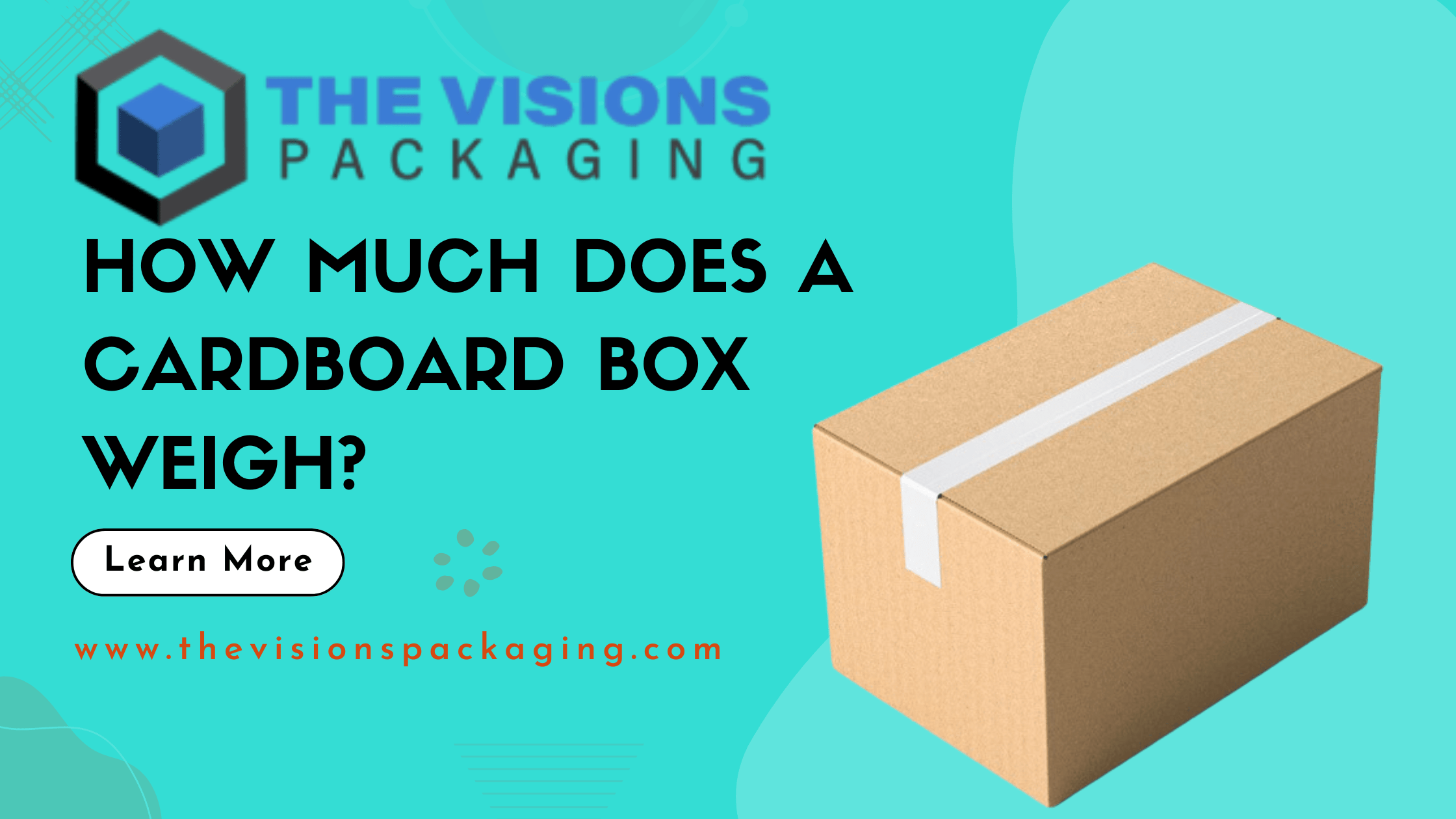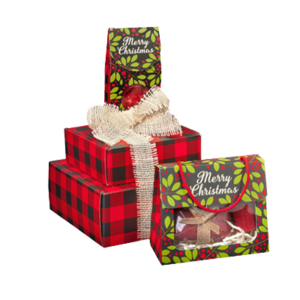When it comes to packaging, shipping, and storage, cardboard boxes are everywhere. From moving homes to delivering online orders, cardboard boxes are the backbone of logistics. But one question that often arises is: how much does a cardboard box weigh?
The answer is not as simple as one number. The weight of a cardboard box depends on several factors, including its size, type of cardboard, thickness, and purpose. In this comprehensive guide, we’ll explore everything you need to know about the weight of cardboard boxes and why it matters.
1. Why the Weight of a Cardboard Box Matters
At first glance, the weight of a box might not seem important. After all, isn’t the focus on what’s inside? But in reality, the weight of the box itself plays a huge role in:
-
Shipping costs: Carriers like UPS, FedEx, and USPS calculate shipping based on weight and size. A heavier box means higher costs.
-
Storage capacity: Warehouses and businesses need to know how much shelving can support.
-
Sustainability: Heavier boxes use more material, affecting recycling and carbon footprint.
-
Practical use: Moving companies, e-commerce sellers, and manufacturers need accurate weights for logistics.
So, understanding how much a cardboard box weighs can save money, improve efficiency, and reduce waste.
2. The Types of Cardboard Boxes
Before talking about weight, it’s important to know that not all boxes are created equal.
-
Single-Wall Cardboard Box
-
Made with one layer of fluted cardboard sandwiched between two sheets.
-
Light and commonly used for shipping lightweight items.
-
Average weight: 0.3 – 0.8 lbs depending on size.
-
-
Double-Wall Cardboard Box
-
Two layers of corrugated board.
-
Stronger, more durable, used for heavier products.
-
Average weight: 0.7 – 1.5 lbs depending on size.
-
-
Triple-Wall Cardboard Box
-
Three layers of corrugated board.
-
Designed for industrial or heavy-duty shipping.
-
Average weight: 1.2 – 3 lbs depending on size.
-
3. Average Weights of Cardboard Boxes by Size
Here’s a general guide to common box sizes and their empty weights:
| Box Size (inches) | Type | Average Weight |
|---|---|---|
| Small (6x6x6) | Single Wall | 0.25 – 0.4 lbs |
| Medium (12x12x12) | Single Wall | 0.5 – 0.7 lbs |
| Medium (12x12x12) | Double Wall | 0.9 – 1.2 lbs |
| Large (18x18x24) | Single Wall | 1 – 1.5 lbs |
| Large (18x18x24) | Double Wall | 2 – 2.5 lbs |
| Extra-Large (24x24x24) | Double/Triple | 3 – 4 lbs |
Keep in mind, these are estimates. Different manufacturers may use varying thicknesses and paper grades.
4. Factors That Affect the Weight of a Cardboard Box
Several factors determine how much a cardboard box weighs:
-
Size: Bigger boxes use more material, making them heavier.
-
Wall Thickness: Single, double, or triple-wall cardboard changes the weight dramatically.
-
Fluting Type: Corrugated cardboard has different flute profiles (A, B, C, E), each with unique thickness and strength.
-
Paper Grade: Higher-quality recycled paper or virgin fiber can alter the weight.
-
Moisture Content: Cardboard can absorb moisture, slightly increasing its weight.
5. Why Box Weight is Crucial for Shipping
When shipping items, every ounce matters.
-
Dimensional Weight Pricing: Carriers often charge based on size (volume) OR weight, whichever is greater. If your box is large but light, you may still pay more.
-
Bulk Shipments: In e-commerce, sending hundreds of boxes means even a small difference in box weight can add up to higher costs.
-
International Shipping: Heavier packaging can significantly increase overseas freight expenses.
6. Cardboard Box Weights in Moving
If you’ve ever moved homes, you know that packing is a balancing act. The box must be strong enough to hold items, but not so heavy that it becomes difficult to carry.
-
Small moving boxes (1.5 cu. ft): ~1 lb empty, holds ~30 lbs of items.
-
Medium moving boxes (3 cu. ft): ~1.5 lbs empty, holds ~65 lbs of items.
-
Large moving boxes (4.5 cu. ft): ~2 lbs empty, holds ~95 lbs of items.
Knowing the empty weight helps calculate total load, which is essential for movers and truck rentals.
7. Industrial Uses of Heavy-Duty Boxes
In manufacturing, agriculture, and export industries, heavy-duty boxes are essential.
-
Triple-wall corrugated boxes can hold up to 1,000 lbs of materials.
-
Pallet-sized boxes (Gaylord boxes) often weigh between 15–50 lbs empty.
-
These are often used for bulk shipments, machinery parts, or farm produce.
8. Cardboard vs. Other Packaging Materials
How does the weight of a cardboard box compare with other packaging?
-
Plastic crates: Heavier but more durable; not ideal for shipping.
-
Wooden boxes: Much heavier; used for industrial or fragile cargo.
-
Metal containers: Extremely heavy; only for specialized uses.
Cardboard strikes the best balance between strength, weight, and cost, which is why it dominates the shipping industry.
9. Eco-Friendly Considerations
Cardboard is recyclable, but heavier boxes use more material. By choosing lighter yet strong designs:
-
Businesses reduce raw material consumption.
-
Shipping costs are minimized.
-
Carbon emissions are lowered.
Sustainable packaging trends encourage thinner, lighter, and more eco-friendly cardboard without sacrificing performance.
10. Real-World Examples
-
Amazon Boxes: Depending on size, Amazon shipping boxes weigh between 0.3 – 1.5 lbs.
-
Pizza Boxes: A standard 14-inch pizza box weighs ~150–200 grams (0.3–0.4 lbs).
-
Shoe Boxes: Typically weigh 0.5–1 lb empty.
-
Subscription Boxes: Often designed to be lightweight, around 0.4–0.7 lbs.
11. How to Weigh a Cardboard Box
If you need to know the exact weight of a cardboard box:
-
Use a digital scale to weigh it empty.
-
Record the weight and compare it to manufacturer specifications.
-
Factor it into your shipping calculations.
Many packaging suppliers provide weight charts, which can be useful for bulk orders.
12. Tips for Reducing Packaging Weight
-
Choose right-sized boxes to minimize wasted material.
-
Use light fillers like air pillows instead of heavy paper.
-
Opt for single-wall corrugated when strength requirements are low.
-
Explore eco-packaging solutions designed for lightweight shipping.
13. Future of Lightweight Packaging
The packaging industry is constantly evolving. With e-commerce booming, there is a huge demand for lighter, stronger, and greener packaging solutions. Innovations like honeycomb cardboard and biodegradable lightweight materials may revolutionize the future of box weights.
14. Conclusion
So, how much does a cardboard box weigh?
-
Small single-wall boxes weigh around 0.3–0.5 lbs.
-
Medium boxes weigh about 0.5–1.2 lbs.
-
Large or double-wall boxes can weigh 2–4 lbs.
-
Industrial and triple-wall boxes may weigh up to 50 lbs.
The exact weight depends on size, wall thickness, and material. Knowing this information helps businesses cut costs, movers plan efficiently, and individuals make better packaging choices.
Cardboard boxes may look simple, but their weight plays a vital role in logistics, sustainability, and everyday life. Next time you pick up a package, you’ll understand why the empty box itself matters more than you think.





